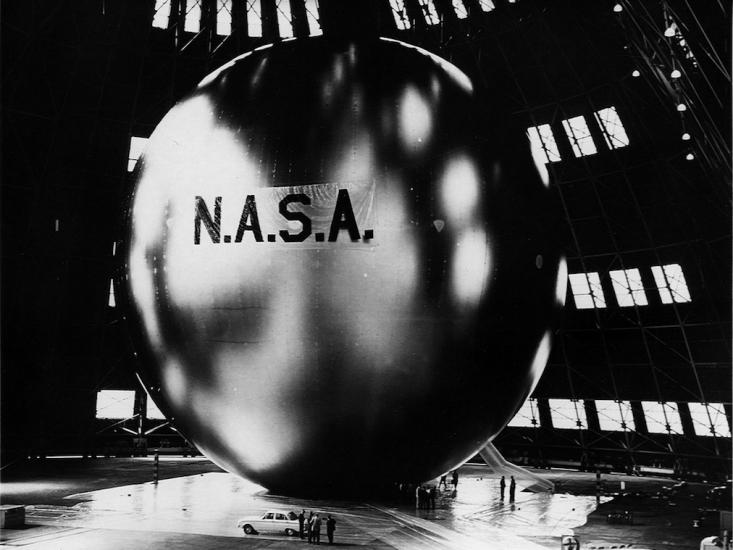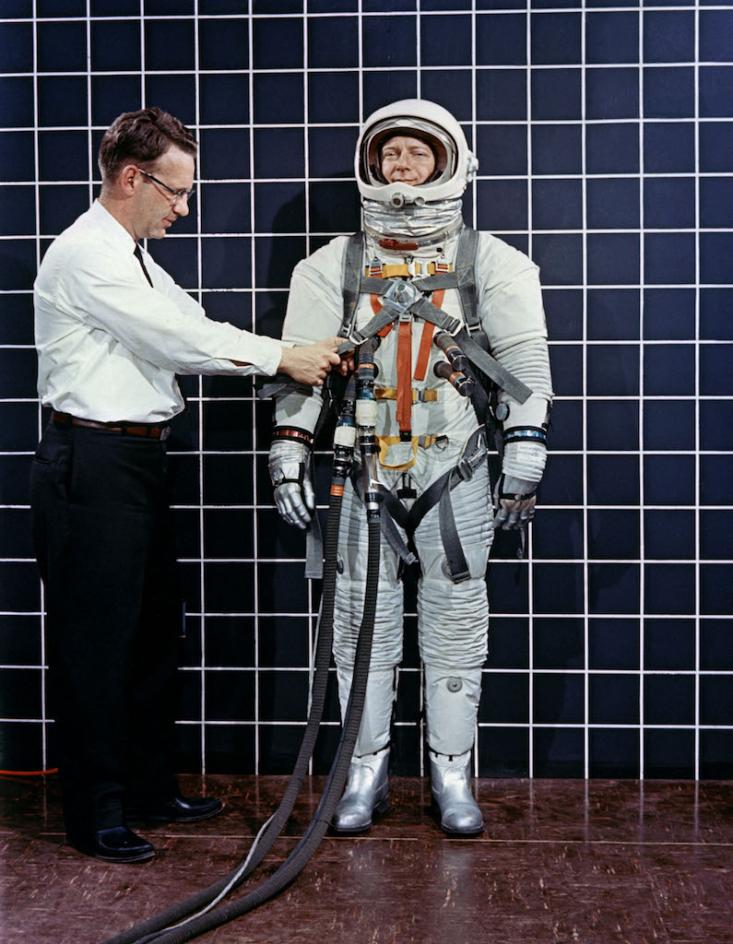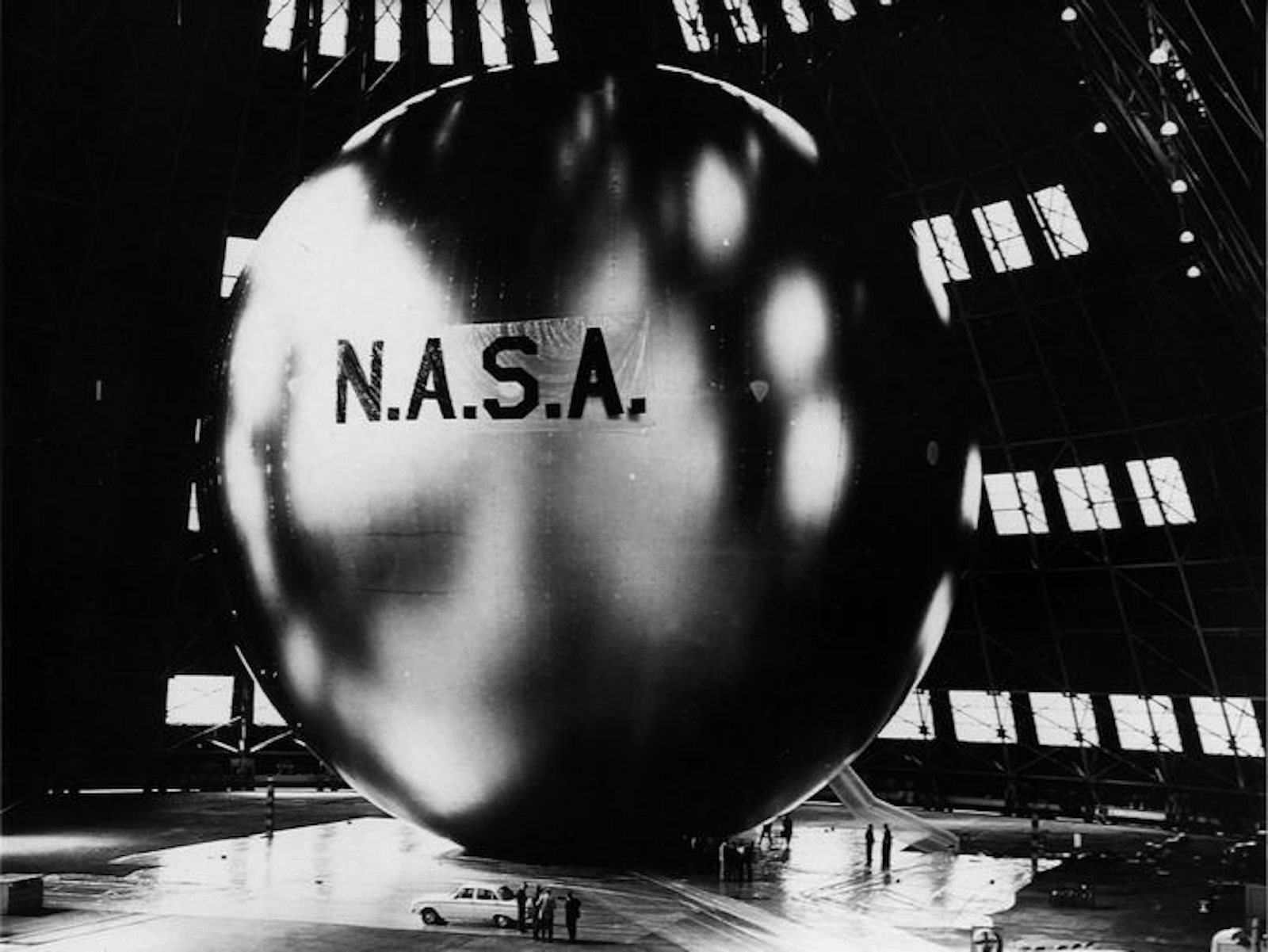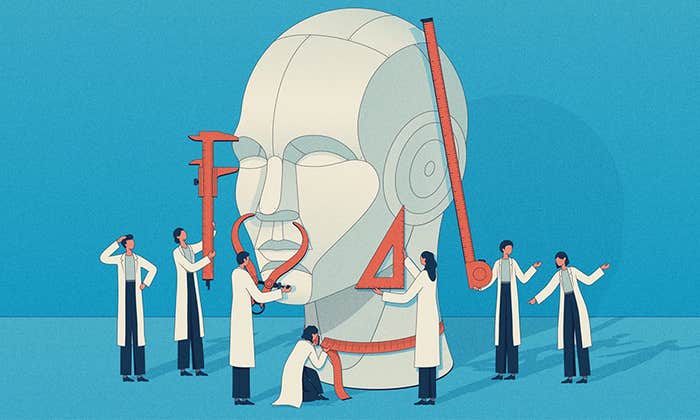
Getting us into space is NASA’s raison d’etre. But the agency’s innovations don’t always stay inside NASA. They have a tendency to affect fields like medicine, communications—even football.
This Sunday, the Denver Broncos and Carolina Panthers take the field at Santa Clara’s Levi’s Stadium for the 2016 Super Bowl. For all the tech involved in the game, the players may as well be astronauts.
1. Temper foam
The helmet is the most important piece of equipment a football player can wear, and the reason they’re so robust traces back to the inventiveness of scientists at NASA’s Ames Research Center. Helmets use temper foam, created and designed in 1966 to make airline seats more comfortable and safe. It’s made of the polymer polyurethane, a material with an open cell structure. By feeding air through it, polyurethane can reform even after being compressed to a tenth of its original size. According to NASA, a 3-inch layer of the foam is enough to absorb all the energy of an adult falling 10 feet. Before the use of temper foam, football helmets used leather or air-packing for protection. Temper foam was first used by the Dallas Cowboys in the early 1970s, and was quickly picked up by other teams as part of the effort to better protect players from head injuries.
2. Satellite foil
The shiny silver cloaks athletes now don when they hit the bench during and after the game to keep warm are actually aluminized mylar, developed by NASA’s Goddard Space Flight Center. The material is made of metallized polyethylene terephthalate, essentially thin plastic covered in a shiny metal layer. It was first used as the outer shell for a 100-foot wide balloon satellite called Echo I, launched in 1960. The material made the satellite reflective enough to transmit radio signals from terrestrial towers across the globe, allowing the first-ever telephone call made via satellite. Since the material is air-tight, it is also rain- and wind-proof, which minimizes heat loss from football players’ sweat drying in cold air.
3. Apollo 11’s lunar crew space suits
When players get badly bruised during a rough play, their team medics rush onto the field with cold packs at the ready. These seemingly modest synthetic liquid cooling pads have an extraterrestrial origin: The Liquid Cooling and Ventilation Garment. It was designed by Bill Elkins at the Ames Research Center during the Apollo era for astronauts to wear under their suits while experimenting on the lunar rover. The way it works is much like engine coolant: A network of tubes passes cold water around the astronaut’s body, drawing heat and lowering its temperature. Elkins went on to develop the tech for use in sports medicine, creating the Game Ready injury treatment system in 1997, which employs a similar wrap, filled with a network of tubes that pump icy water across the affected area, supposedly cutting recovery time. It’s now used in practically every professional sport.

4. Ingestible thermometers
Another Goddard Space Flight Center invention (in collaboration with John Hopkins University), the ingestible thermal monitoring system was originally designed in the 1980s to monitor the internal temperature of astronauts during space flight. An easy-(ish) swallow at 0.75 inches, it wirelessly transmitted a signal to a receiver outside the body that displays the person’s core temperature to within a tenth of a degree Celsius. The tech found its way to football through tragedy: In 2001, two players died of heat exhaustion and heatstroke, prompting game officials to up monitoring efforts. Dubbed CorTemp, coaches are able to monitor team members’ temperatures in real-time using a device that can wirelessly connect to up to 99 pills from as far as 300 feet away.
5. Levi Stadium’s VIP section
As the camera pans across the new Levi Stadium during this year’s Superbowl, take a second to admire the interior design. Eight acres of redwood planks now line the walls of one of Levi Stadium’s VIP areas. They were recovered from the now-defunct Hangar One, an iconic oblong building built in 1933 that once held U.S. Navy airships at NASA’s Ames Research Center. The planks were reclaimed in 2012—now, just the metal hull of the Hangar One building remains, as you can see in this Nautilus photo story on NASA’s Ames Research Center by Rachel Sussman.
Claire Cameron is Nautilus’ social media & news editor. @clarabell8.



















